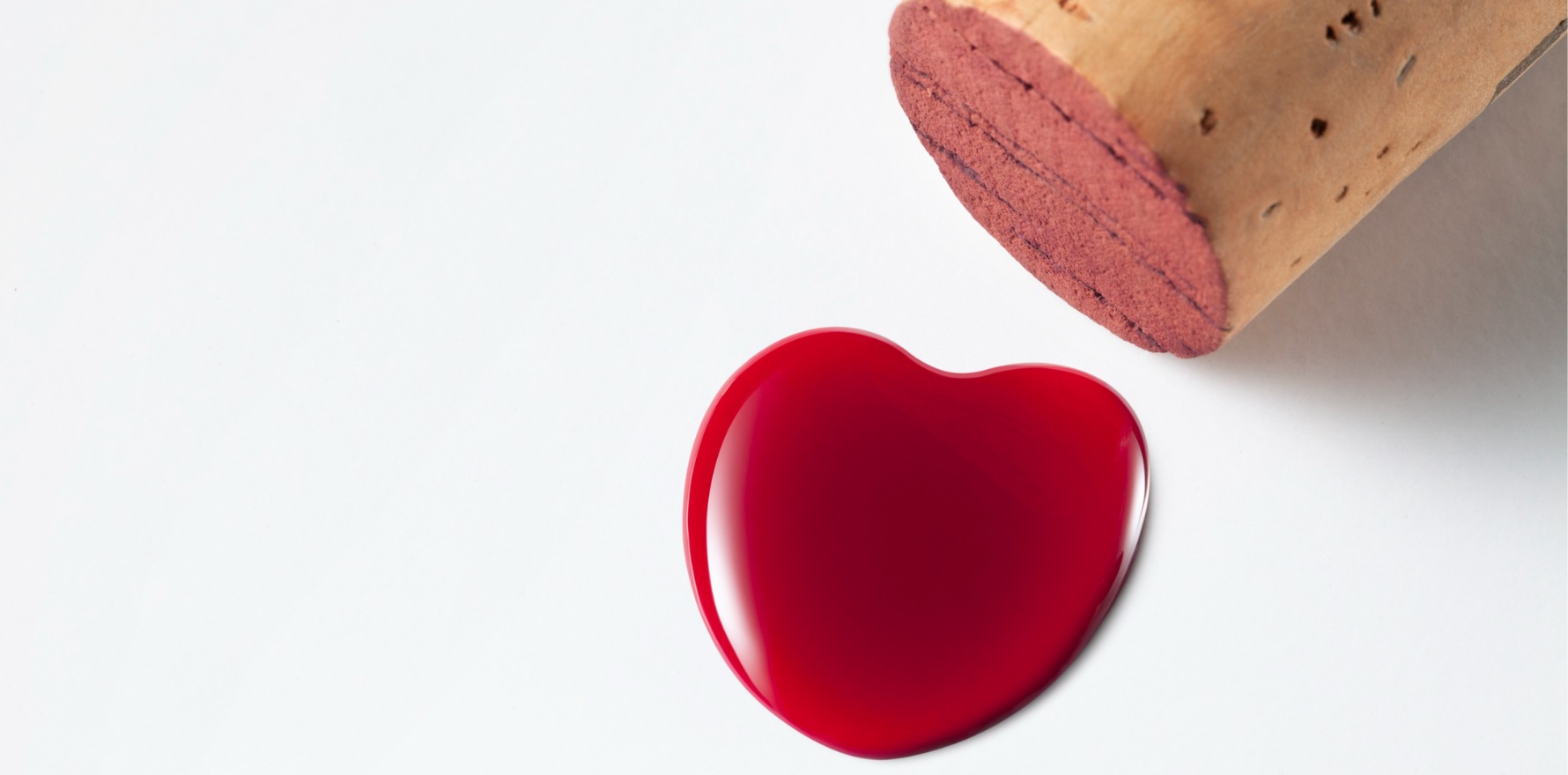
Early treatment can be life-altering and is often associated with improved outcomes and quality of life, say researchers.
Pulsed dye laser treatments given once a week are associated with improved therapeutic outcomes and shorter overall treatment duration for infants with port-wine birthmarks, a new study reveals.
And while the US researchers concede their number of infants studied was small and there was no long-term follow-up, the results were significant and warrant more investigation.
“Among a series of 10 infants, many of whom had conventionally challenging PWBs (larger lesions, involvement of extremities, and centrofacial involvement), all achieved near-total or total clearance of their PWB with once-weekly PDL treatments (mostly within only two months) without adverse events,” the researchers wrote.
“These outcomes are compelling and warrant attention and further investigation into the possibility that this novel and decreased treatment interval of one week, made possible by the absence of post-treatment-related purpura, is associated with potential improvement in outcomes and shorter overall treatment duration.”
As part of their study, published in JAMA Dermatology, the researchers analysed the medical records of patients with PWB who received once-weekly PDL treatments between January 2022 and December 2023, at the Laser & Skin Surgery Centre of New York.
Patients were younger than six months, and before-and-after treatment photographs were independently assessed and graded two months after initiation of treatment.
“Early treatment of port-wine birthmark (PWB) can be life-altering and is often associated with improved outcomes and quality of life,” the researchers wrote.
“There is growing evidence that shorter treatment intervals may play a role in more rapid PWB clearance; however, the optimal treatment interval has not been established.”
Of the 10 patients, 70% had either near-total clearance (76%-95%) or total clearance (96%-100%) of their PWB with once-weekly PDL treatments after two months.
The other three patients all had marked improvement (51%-75%) and subsequently went on to achieve near-total clearance with additional treatments.
PWBs are challenging and potentially life-altering. If left untreated, these vascular malformations that can undergo significant changes over time.
Initially, they may appear as pink macular lesions but can evolve into darker, thicker lesions with a deep red–purple hue. This transformation often accompanies soft-tissue and/or bony hypertrophy.
Complications such as symptomatic proliferative nodules or pyogenic granulomas can arise, which pose additional challenges due to their tendency to bleed.
Facial PWBs, in particular, can cause significant psychosocial distress, impacting both childhood and adult experiences. Addressing these concerns early and effectively can greatly improve the quality of life for those affected.
PDL has long been considered the gold standard for treating PWBs, however, its efficacy can vary depending on the stage and characteristics of the lesion. While PDL treatment is effective for macular lesions, it may be less so for thickened or hypertrophic PWBs and proliferative nodules, the authors noted.
Previous research has suggested that early intervention with laser treatment, particularly in infants aged under one year, may inhibit lesion progression and reduce the risk of recurrence.
Additionally, shorter treatment intervals, such as every two to three weeks, have shown promise in improving outcomes and potentially reducing the overall duration of treatment.
Recent preclinical studies have highlighted the role of proangiogenic genes, such as vascular endothelial growth factor (VEGF), in stimulating revascularisation following PDL exposure. This led to the hypothesis that treatment at shorter intervals, such as once weekly, may lead to better therapeutic outcomes by targeting these processes more effectively, the authors wrote.
They said that it had been observed anecdotally that infants were less likely to develop posttreatment-related purpura in the first few months of life, making once-weekly treatment more feasible and potentially reducing the risk of post-inflammatory hyperpigmentation.
“Early intervention with PDL treatment of PWB can be life altering,” the researchers wrote.
“For patients who achieved near total or total clearance of their PWB in early infancy, often before they have formed memories, such treatments offer the potential for a life free from facial disfigurement and psychosocial stigma associated with their PWB.
“Thus, in the field of laser surgery, optimising the treatment paradigms for PWB, including ideal interval, technique, and settings, remains a clinical priority.
“Although we recognize this is a case series with limitations, we aimed to call into question the current treatment paradigms and to open dialogue on whether a more frequent treatment interval can improve outcomes for patients who are assessed on the basis of effectiveness of treatment, treatment duration, and/or durability of results.”

